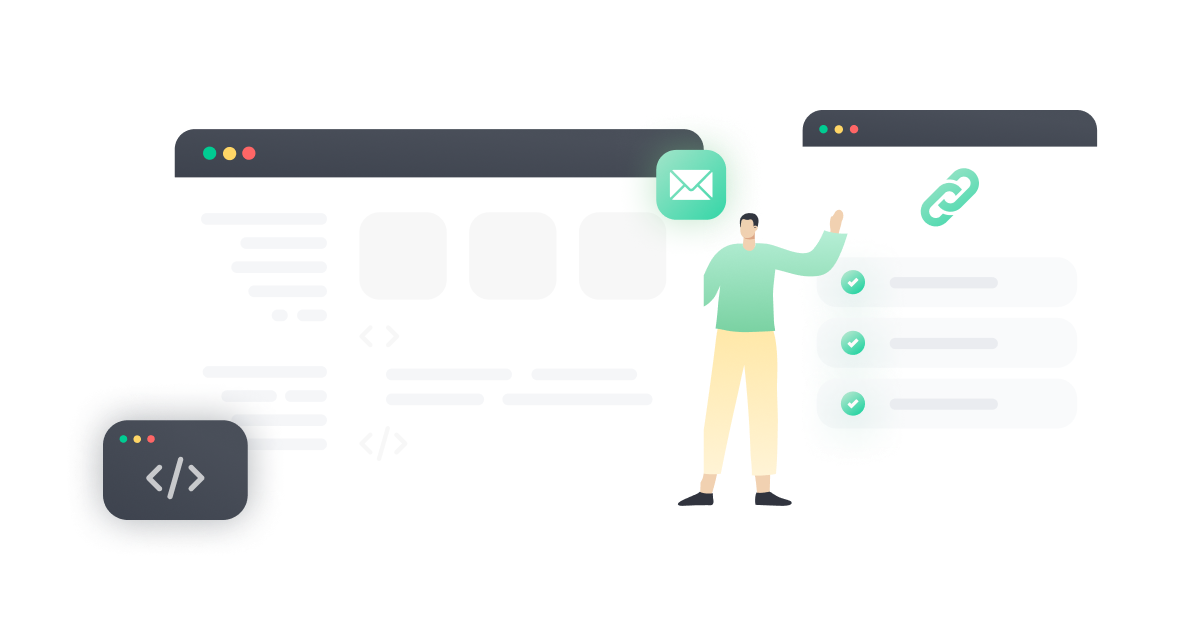End-to-End Testing for Web Apps
Easily design automated E2E tests for your websites and web applications.
Expand test coverage through every layer of your app, no coding skills needed.

Trusted by
E2E testing that safeguards the user experience
from start to finish
Easy Reusable End-to-End Testing Framework
Empower your entire QA team with automated testing capabilities through our web test recorder. With Ghost Inspector, anyone can record and save user flows at the touch of a button. Simplify your performance testing and save hours!


Codeless Test Execution and Test Maintenance
Build, edit, and maintain websites and web apps easily through our no-code / low-code test editor. Add, remove, or reorder steps of the testing process with the drag-and-drop test sequencing feature.
Plus, you can code complex scenarios with Javascript, adjust CSS or XPath selectors, and more!
Get notified immediately, so you can fix any glitches before your customers take notice

Continuous Browser Monitoring Simplified
Oversee web and app functionality with advanced test scheduling. Choose set intervals, specific days and times, and overall end-to-end testing frequency.
Alerts, Integrations & API
Find out immediately when a test fails through our wide selection of notification services, including email, Slack, Microsoft Teams, PagerDuty, GitHub and many others.
Use Ghost Inspector’s comprehensive screenshot and video reporting data to get your application back in working order.

Equip your entire QA team with thorough end-to-end testing tools
Spot Visual UI Errors Quickly
Capture visual regressions quickly with Ghost Inspector’s automated screenshot testing feature. Detect minute changes during test runs through a baseline visual comparison. Keep things looking exactly as they should without extra effort!


Cross-Browser & Responsive
Implement end-to-end testing on a variety of web browsers, screen sizes, and devices, including on mobile and tablet. Employ a combination of cross-browser testing and responsive testing to ensure working coverage of your entire application.
Start testing today
Our 14 day free trial gives you and your team full access. Create tests in minutes. No credit card required.

